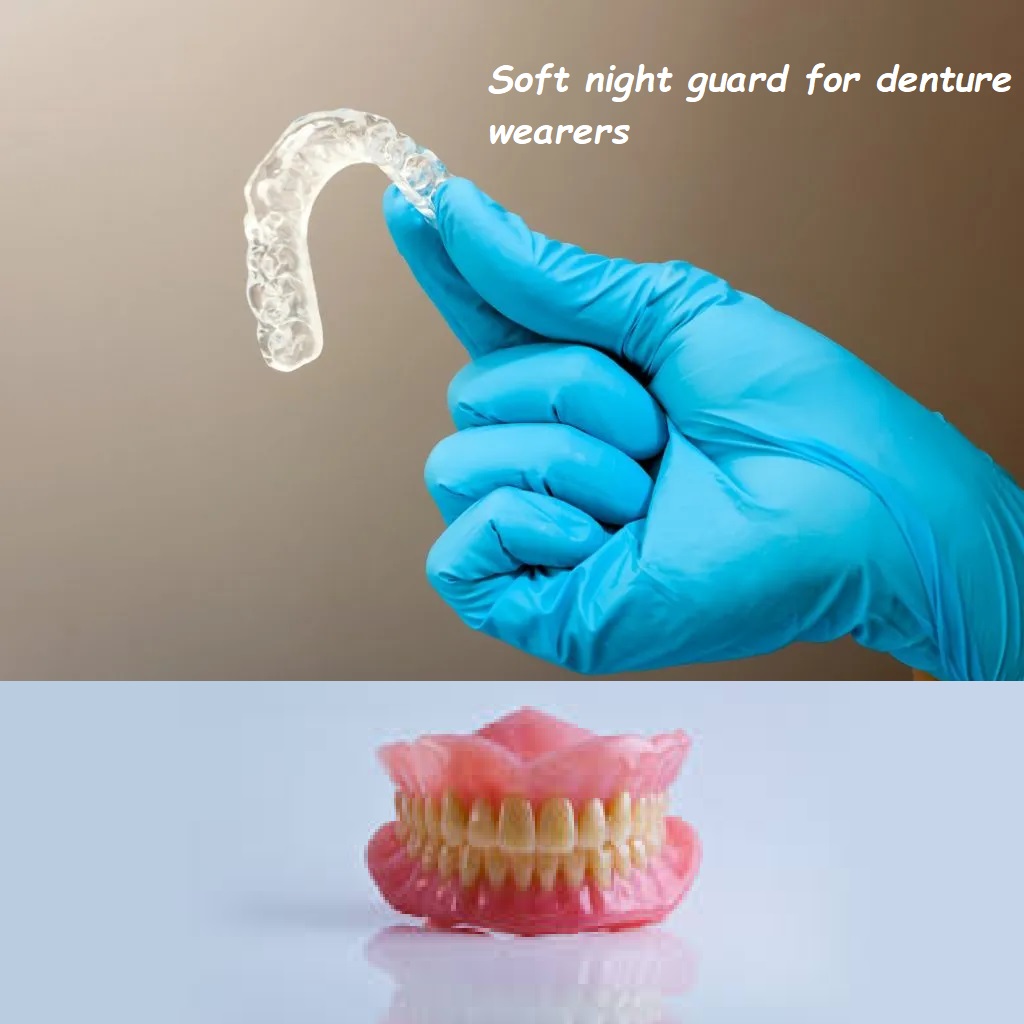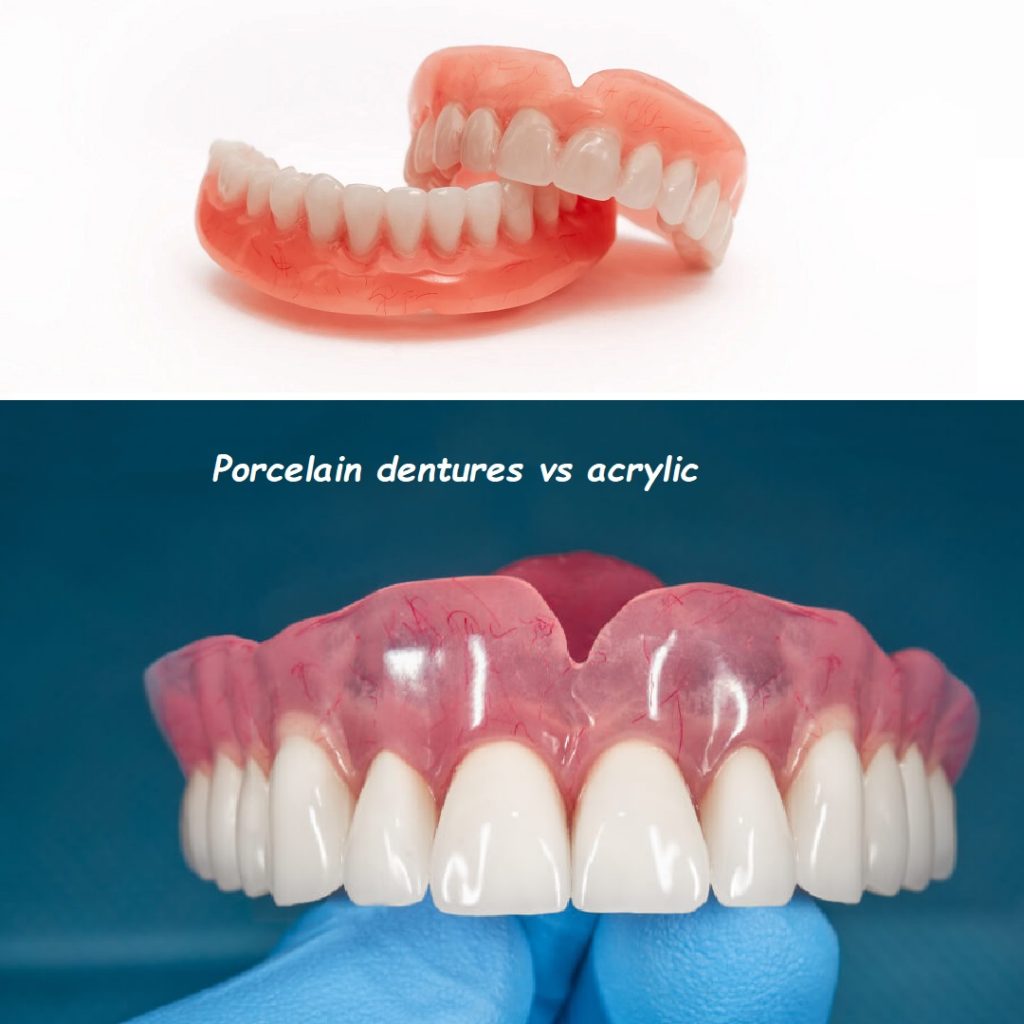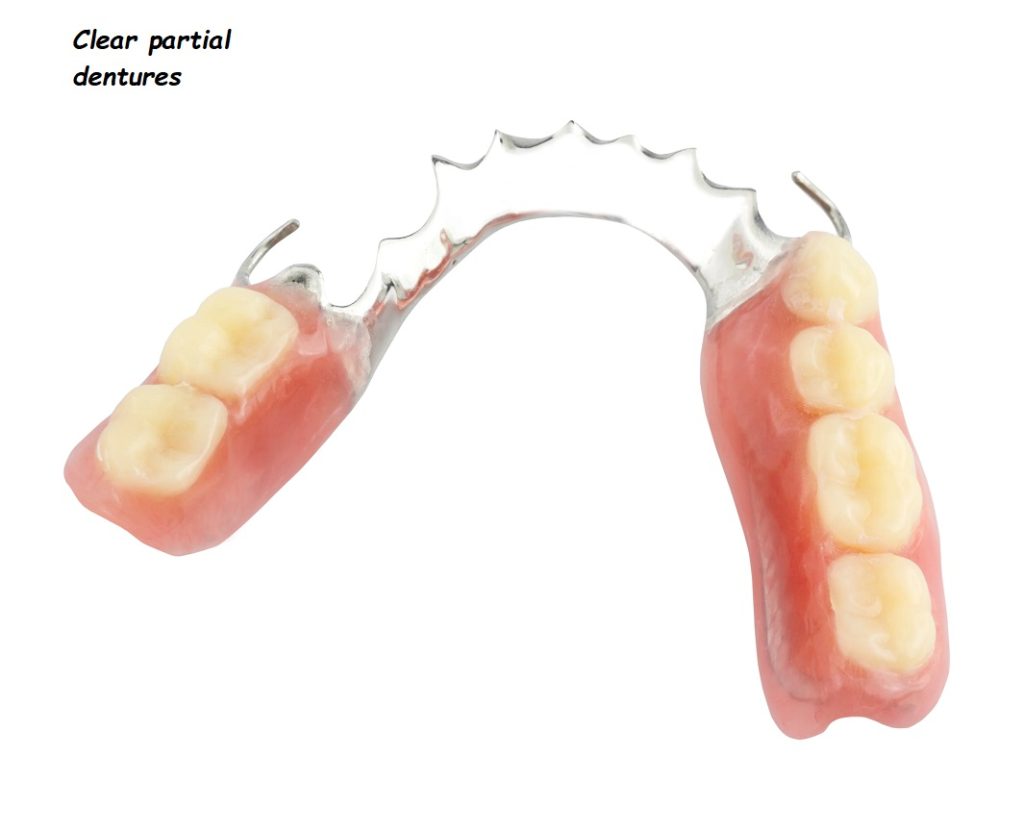Denture gingival shade guide

A beautiful and natural-looking smile is not just about the teeth; the gums play a crucial role in the overall aesthetics. For individuals who require dentures, selecting the right gingival (gum) shade is as important as choosing the shade of the artificial teeth. This comprehensive guide will explore the importance of denture gingival shades, the selection process, available options, and how to ensure the most natural appearance for your dentures.
Importance of Gingival Shades in Dentures
The gingival shade refers to the color of the gum tissue part of the denture. It is essential because:
- Aesthetic Appeal: A well-matched gingival shade enhances the natural look of dentures, making them virtually indistinguishable from natural gums.
- Confidence Boost: Natural-looking dentures can significantly boost the wearer’s confidence, allowing them to smile, speak, and eat without self-consciousness.
- Harmonious Appearance: The right shade ensures that the dentures blend seamlessly with the remaining natural gums and teeth.
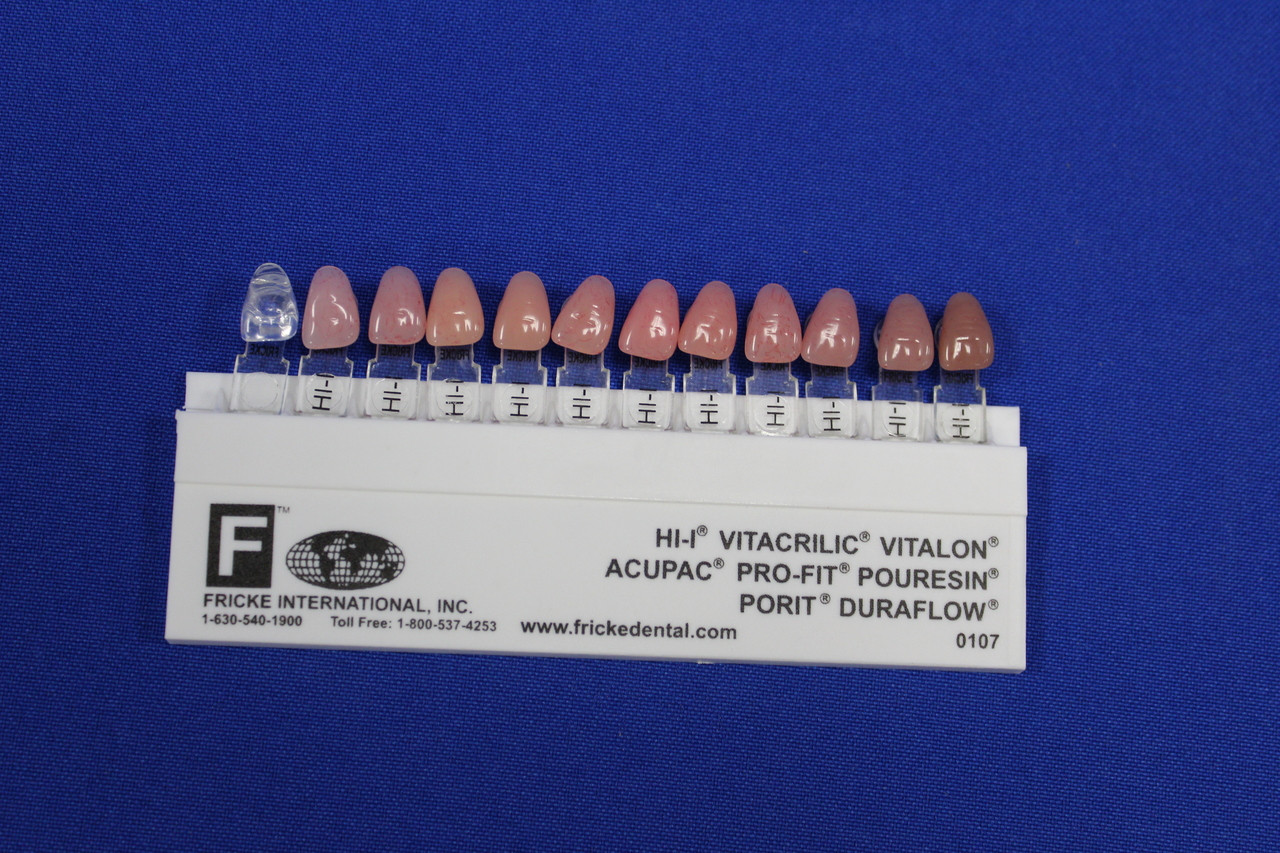
Factors Influencing Gingival Shade Selection
Several factors influence the choice of gingival shade for dentures:
- Natural Gum Color: The existing color of the patient’s natural gums is the primary consideration. Gingival shades should closely match the natural gum tissue to ensure a harmonious appearance.
- Skin Tone: The patient’s skin tone can affect the perception of gum color. Lighter skin tones may require different shades than darker skin tones.
- Age: Younger individuals tend to have brighter, more vibrant gum colors, while older individuals may have darker or more muted gum tones.
- Personal Preference: Ultimately, the patient’s preference plays a significant role in choosing a gingival shade that makes them feel comfortable and confident.
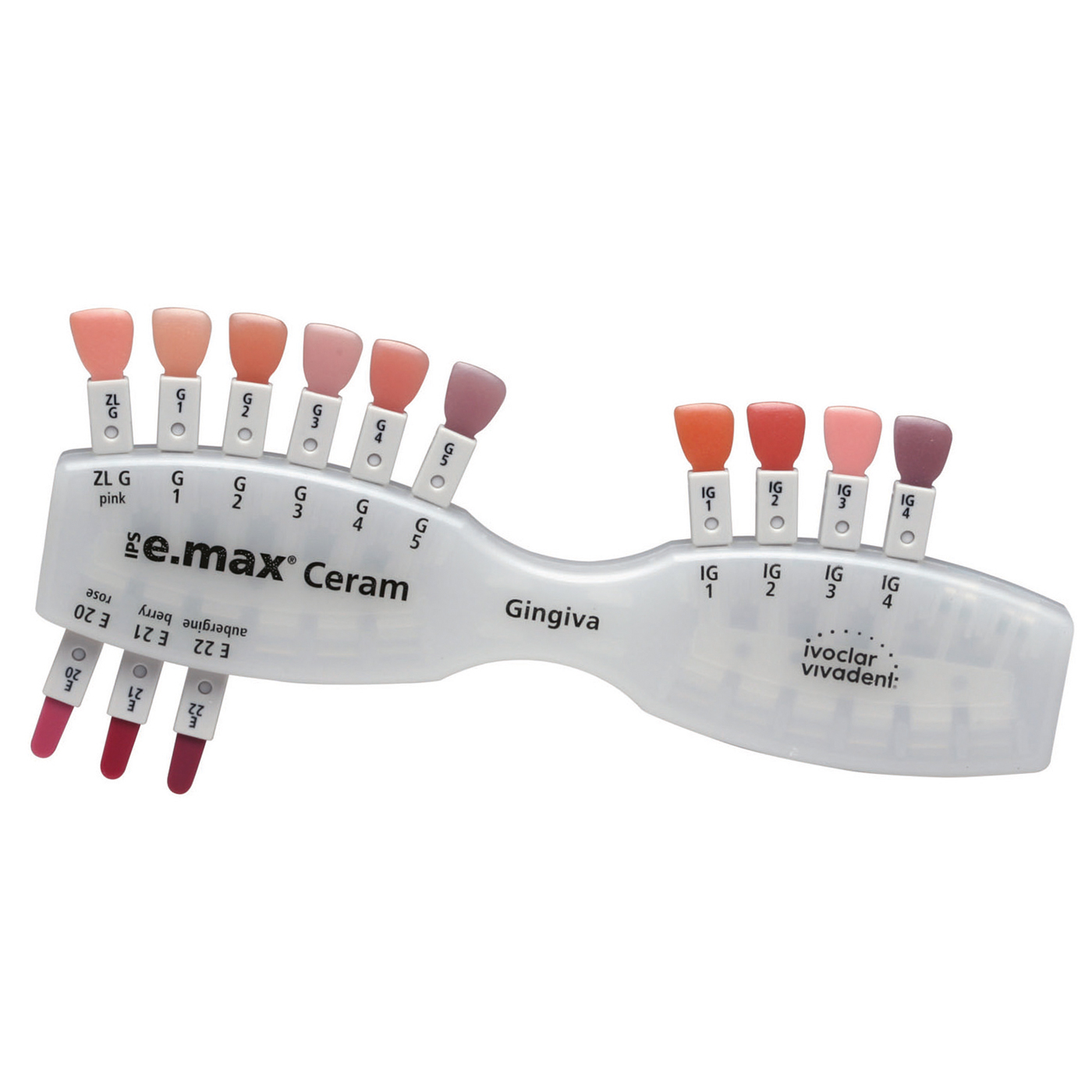
Gingival Shade Guide: Options and Selection Process
Gingival shade guides are tools used by dental professionals to match the color of the denture base to the patient’s natural gum tissue. These guides contain various shades and hues, allowing for precise customization.
Common Gingival Shade Options
- Pink Shades: The most common gingival shade, ranging from light pink to darker pink, mimicking healthy gum tissue.
- Coral Shades: A slightly more vibrant option, suitable for younger patients or those with naturally brighter gums.
- Red Shades: Less commonly used, these shades can match certain natural gum colors but must be chosen carefully to avoid an unnatural appearance.
- Brownish Shades: Used for patients with darker skin tones or naturally darker gums.
The Selection Process
- Initial Assessment: The dentist assesses the natural gum color and takes into account factors such as skin tone and age.
- Shade Matching: Using the gingival shade guide, the dentist compares different shades to the patient’s natural gums.
- Patient Input: The patient is involved in the selection process to ensure satisfaction with the final choice.
- Trial and Adjustment: A trial denture may be created to test the chosen shade in the patient’s mouth. Adjustments can be made if necessary.
Achieving Natural-Looking Results
To achieve the most natural-looking results, consider the following tips:
- Customized Shading: High-quality dentures often allow for customized shading, blending multiple shades to replicate the natural variations in gum color.
- Texture and Contour: The texture and contour of the denture gums should mimic natural gum tissue, including subtle variations and natural imperfections.
- Professional Craftsmanship: Skilled dental technicians and advanced materials are crucial for creating dentures that look and feel natural.
Caring for Dentures
Proper care is essential to maintain the appearance and longevity of your dentures:
- Daily Cleaning: Clean dentures daily using a soft toothbrush and denture cleaner to prevent staining and buildup.
- Soaking: Soak dentures overnight in a denture-cleaning solution to keep them moist and free from bacteria.
- Regular Check-Ups: Visit your dentist regularly to ensure your dentures fit well and remain in good condition.
- Handle with Care: Avoid dropping your dentures and handle them gently to prevent damage.
Common Questions About Denture Gingival Shades
1. Can the gingival shade of existing dentures be changed? Yes, it is possible to change the gingival shade of existing dentures, but it may require relining or remaking the denture base.
2. How often should dentures be replaced? Dentures typically need to be replaced every 5-10 years, depending on wear and changes in the mouth’s structure.
3. Can I whiten the gums of my dentures? No, gingival shades in dentures cannot be whitened like teeth. If you are unhappy with the color, consult your dentist about possible adjustments or replacements.
4. Will my dentures look natural? With the proper selection of gingival and tooth shades, along with professional craftsmanship, modern dentures can look very natural.
5. Can I get an allergic reaction to the gingival material? Allergic reactions are rare but possible. Discuss any known allergies with your dentist to ensure safe material selection.
Conclusion
Choosing the right gingival shade for dentures is a crucial step in ensuring a natural and aesthetically pleasing appearance. By understanding the factors that influence gingival shade selection and working closely with your dental professional, you can achieve dentures that enhance your smile and boost your confidence. Proper care and maintenance will keep your dentures looking their best for years to come.





